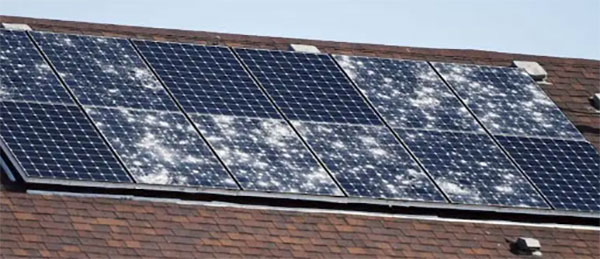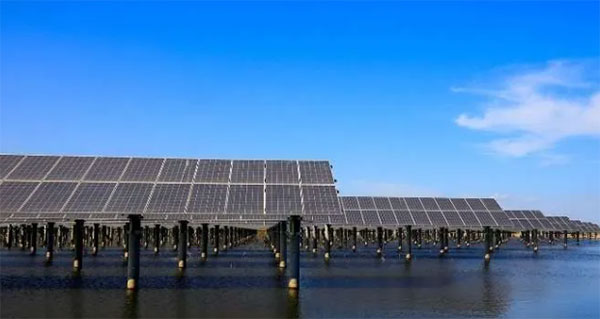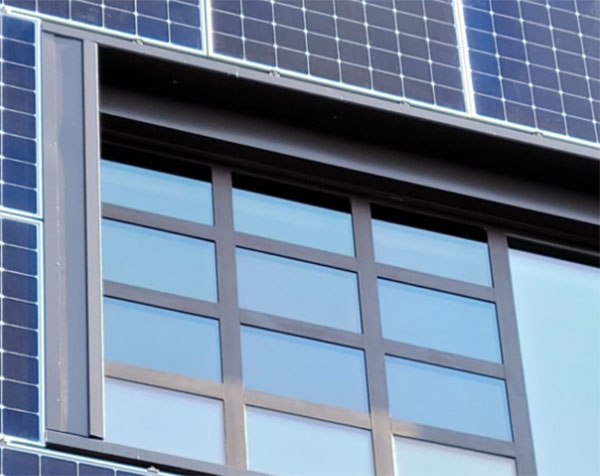Description
Install surge protectors, use grounding systems, and ensure proper panel placement to shield your solar panels from lightning effectively.

Lightning Protection Strategies for Solar Panel Systems
Protecting solar panels from lightning is crucial for maintaining their efficiency and longevity. This guide outlines the key strategies involving grounding systems and surge protection devices, detailing their implementation and benefits.
Grounding Systems for Solar Panels
Grounding systems are essential for diverting the electrical energy of a lightning strike away from the solar panels and into the earth, thus preventing damage.
- Types of Grounding Systems:
- Rod Grounding: Involves driving copper rods into the ground and connecting them to the solar panel frame.
- Plate Grounding: Uses copper plates buried at a specific depth, offering a larger surface area for energy dissipation.
- Key Specifications:
- Material: Copper is preferred for its excellent conductivity and corrosion resistance.
- Depth: Ground rods should be at least 8 feet in the ground to ensure effective grounding.
Benefits:
- Safety: Minimizes the risk of electric shock to individuals nearby.
- Equipment Protection: Shields sensitive electronic components from electrical surges.
Surge Protection Devices
Surge protection devices (SPDs) are installed in the electrical system of solar panels to protect against voltage spikes caused by lightning.
- Selection Criteria:
- Clamping Voltage: The voltage at which the SPD starts to conduct electricity to the ground. Ideally, this should be as low as possible without hindering the normal operation of the solar panel system.
- Energy Dissipation: Measured in joules, indicating the amount of energy the SPD can handle before failure. Higher values offer better protection.
- Installation Points:
- At the Inverter: Protects the inverter from surges coming from the solar panels or the grid.
- At the Electrical Panel: Guards the entire home or facility against external electrical surges.
Costs and Efficiency:
- Price Range: $50 to $500, depending on the specifications and quality.
- Efficiency: High-quality SPDs can reduce the risk of damage by over 90%.
Advantages:
- Cost-Effective Protection: Compared to the potential damage cost from lightning, SPDs offer an economical solution.
- Easy Installation: Can be integrated into existing solar panel systems with minimal modifications.
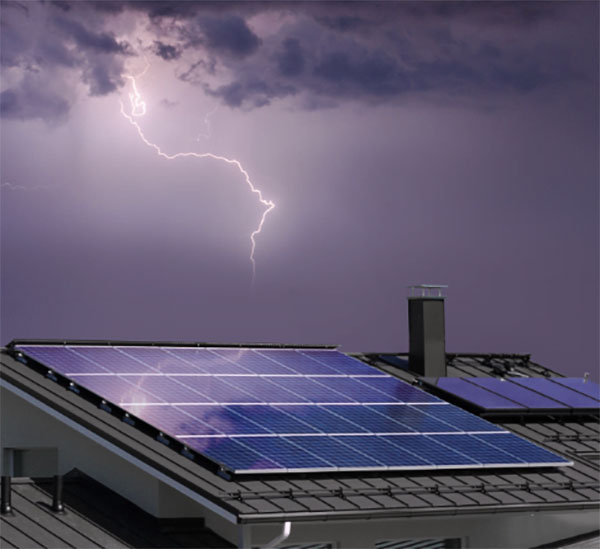
Installation Considerations for Lightning Protection
When installing solar panels, especially in areas prone to lightning, careful consideration must be given to both the placement of the solar panels and the configuration of the electrical system to ensure maximum protection and efficiency. Understanding these factors can significantly enhance the longevity and performance of your solar energy system.
Proper Placement and Orientation of Solar Panels
Ensuring the correct placement and orientation of solar panels is crucial for minimizing the risk of lightning damage. Solar panels should be installed in a manner that both captures optimal sunlight and reduces exposure to potential lightning strikes.
- Elevation and Angle: Install solar panels at an angle that not only maximizes sun exposure but also allows for easy runoff of rainwater, which can carry electrical charges from nearby lightning strikes.
- Distance from Tall Structures: Keeping solar panels away from tall structures reduces the risk of lightning being conducted to your system. If installation near taller structures is unavoidable, consider implementing additional lightning rods to divert strikes away from your solar panels.
Materials and Quality: Choose solar panels and mounting equipment made from materials known for their durability and resistance to electrical discharge. High-quality aluminum and stainless steel are excellent choices due to their conductive properties, which can help dissipate electrical charges.
Electrical System Configuration
The configuration of your solar panel system's electrical components plays a significant role in its ability to withstand lightning strikes. Attention to grounding, wiring, and protective devices is essential.
- Grounding Systems: A robust grounding system is the first line of defense against lightning damage. Ensure that all components of the solar system, including panels, mounting frames, and inverters, are properly grounded. This facilitates the safe dissipation of electrical charges into the earth, reducing the risk of damage to the system.
- Surge Protection Devices: Installing surge protection devices (SPDs) at critical points within the electrical system can prevent voltage spikes from lightning from damaging sensitive equipment. SPDs should be rated for the specific voltage of your system and installed in accordance with manufacturer guidelines.
Cable Shielding and Routing: Use shielded cables for all electrical connections and route them in a manner that minimizes exposure to direct strikes and induced currents. This includes avoiding running cables over the roof or along the exterior walls of buildings where they are more susceptible to lightning strikes.
Key Considerations for Enhanced Protection:
- Invest in Quality: Opt for high-quality components with proven resistance to weather and electrical discharges.
- Regular Maintenance: Conduct regular inspections and maintenance of your solar panel system to ensure all protective measures remain effective.
- Professional Consultation: Work with experienced professionals who understand the specific lightning protection needs of solar panel systems.

Maintenance and Monitoring for Enhanced Protection
Ensuring the long-term efficiency and safety of your solar panel system requires a dedicated approach to maintenance and monitoring. Regular checks and the use of sophisticated monitoring systems can prevent costly repairs and downtime, safeguarding your investment against electrical surges and other risks.
Regular Inspection Schedule
Implementing a regular inspection schedule is crucial for identifying potential issues before they lead to system failure. These inspections should focus on both the physical condition of the solar panels and the integrity of the electrical system.
- Visual Inspections: Conduct visual inspections quarterly to check for physical damage to panels, corrosion on mounts, and integrity of wiring. Look for any signs of wear and tear that could compromise the system's performance or safety.
- Performance Checks: Bi-annually, evaluate the system's performance metrics against expected output levels. A significant drop in efficiency could indicate problems such as shading, soiling, or electrical faults.
- Professional Audits: Annually, have a professional audit of your system. This can include thermographic inspections to detect hotspots indicating electrical issues or potential points of failure.
Key Components to Inspect:
- Panel Surfaces: Check for cleanliness and remove any debris or dirt accumulation that can affect performance.
- Mounting and Framing Systems: Ensure all mounting systems are secure and free from corrosion.
- Electrical Connections: Verify that all connections are tight and free from corrosion or damage.
- Grounding Systems: Ensure that grounding systems maintain integrity and connection to the earth.
Monitoring Systems for Electrical Surges
Advanced monitoring systems play a pivotal role in protecting solar panel systems from electrical surges and other anomalies that could indicate impending failures.
- Real-Time Monitoring: Utilize real-time monitoring solutions that can alert you to sudden changes in voltage or current, indicative of electrical surges or system faults. These systems can often prevent damage by automatically disconnecting affected parts of the system.
- Surge Protection Devices: Ensure your system includes high-quality surge protection devices (SPDs) that are regularly checked for functionality. SPDs should be rated to handle the maximum potential surges your system could experience.
- Data Analysis: Use data collected from your monitoring system to analyze trends and identify potential issues before they become significant problems. This can include patterns of inefficiency or repeated electrical disturbances.
Cost-Benefit Considerations:
- Preventive Maintenance Costs: Regular maintenance and monitoring can prevent the high costs associated with system failure, which can range from minor repairs to complete system replacements.
- Efficiency Gains: Maintaining optimal system performance through regular inspections can result in efficiency gains, translating to higher energy production and cost savings over time.
- Longevity of System: A well-maintained system can exceed its expected lifespan, offering greater value and return on investment.
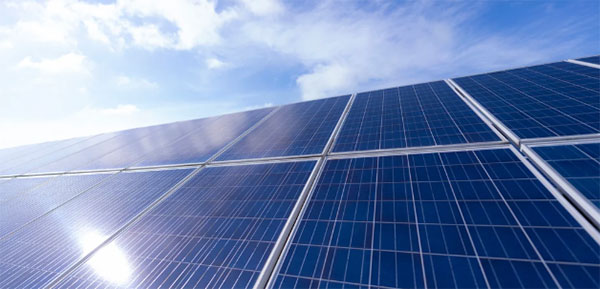
Emerging Technologies in Lightning Protection for Solar Systems
The solar industry is rapidly evolving, with new technologies enhancing the efficiency and safety of solar systems. Innovations in grounding, shielding, and surge protection are at the forefront of research, aiming to mitigate the risks associated with lightning strikes. These advancements promise to significantly improve the resilience and longevity of solar installations.
Innovations in Grounding and Shielding
Grounding and shielding are critical components of a comprehensive lightning protection strategy for solar systems. Recent innovations in these areas focus on improving the dissipation of electrical charges and enhancing the physical barriers between the solar panels and potential lightning strikes.
- Enhanced Grounding Systems: Modern grounding technologies use materials with superior conductivity and corrosion resistance, such as copper-clad steel, to ensure a low-resistance path to earth. These systems are designed to quickly and efficiently dissipate the electrical energy from a lightning strike, minimizing the risk of damage to the solar panels and associated electrical systems.
- Electromagnetic Shielding: Advances in electromagnetic shielding involve the use of conductive coatings and materials that encase solar panels and wiring. These materials are engineered to absorb and redirect electromagnetic fields, reducing the likelihood of induced currents that can cause damage during a lightning event.
Key Features and Benefits:
- Reduced System Downtime: By effectively dissipating lightning strikes, these technologies minimize system disruptions, ensuring continuous power generation.
- Longer Lifespan: Enhanced protection against lightning damage can extend the operational lifespan of solar panels and electrical components, offering better return on investment.
- Cost Efficiency: While initial installation costs may be higher, the long-term savings from reduced repair and replacement needs make these technologies financially beneficial.
Advanced Surge Protection Technologies
Surge protection is an essential aspect of safeguarding solar systems against the indirect effects of lightning strikes. The latest surge protection technologies offer superior performance and integration capabilities.
- Smart Surge Protectors: These devices not only protect against overvoltages but also provide real-time monitoring and data analysis of electrical events. They can automatically reset after a surge event and alert system owners to potential issues.
- Modular Surge Protection Systems: Modular designs allow for easy customization and scalability of surge protection to meet the specific needs of any solar installation. They also facilitate quick replacement of modules after a surge event without needing to replace the entire system.
Key Features and Benefits:
- Enhanced Protection: Advanced surge protectors offer higher energy absorption and faster response times, significantly reducing the risk of damage to sensitive electronic components.
- Intelligent Monitoring: Integrated monitoring capabilities allow for the early detection of electrical faults, improving system reliability and performance.
- Cost-Effective Maintenance: Modular systems enable targeted maintenance and replacements, reducing overall maintenance costs and downtime.





